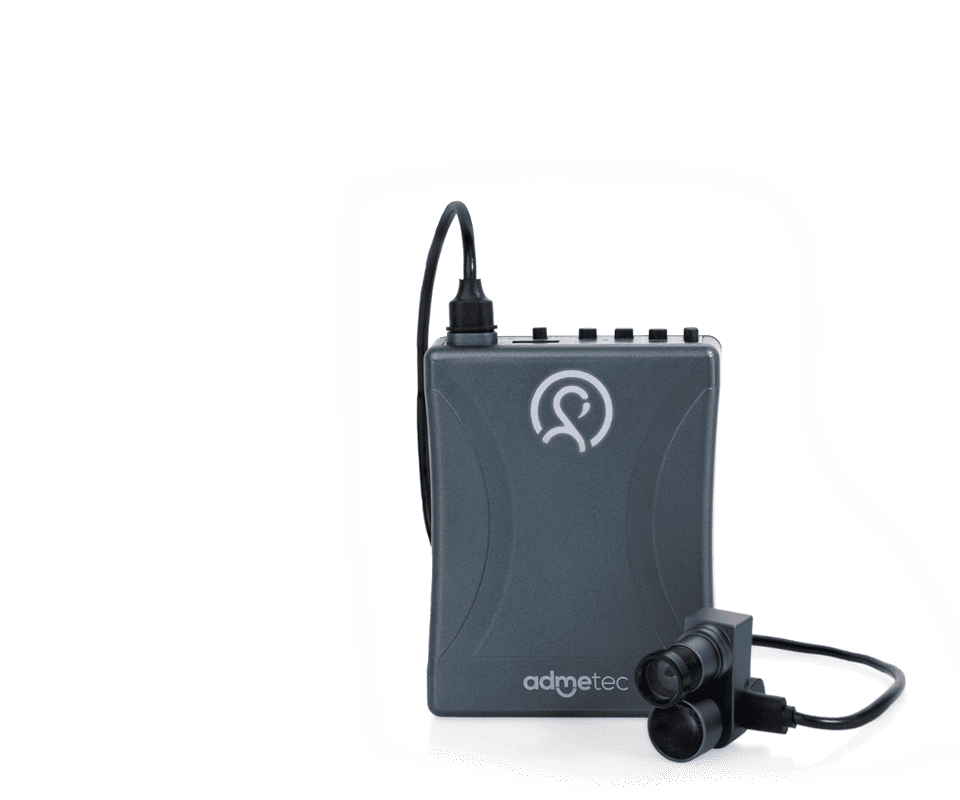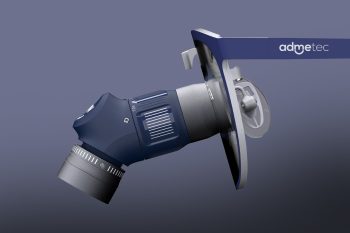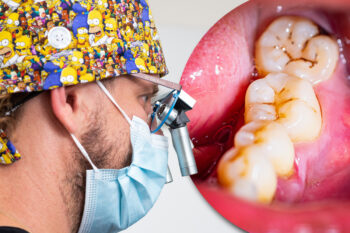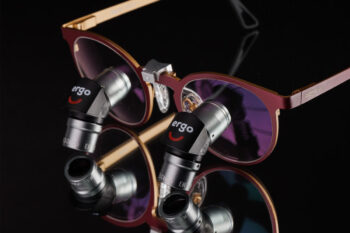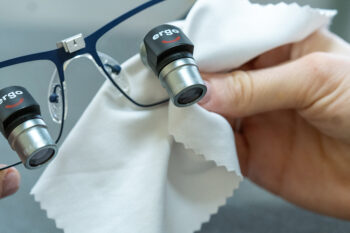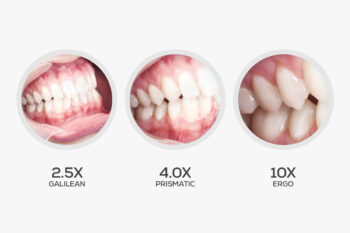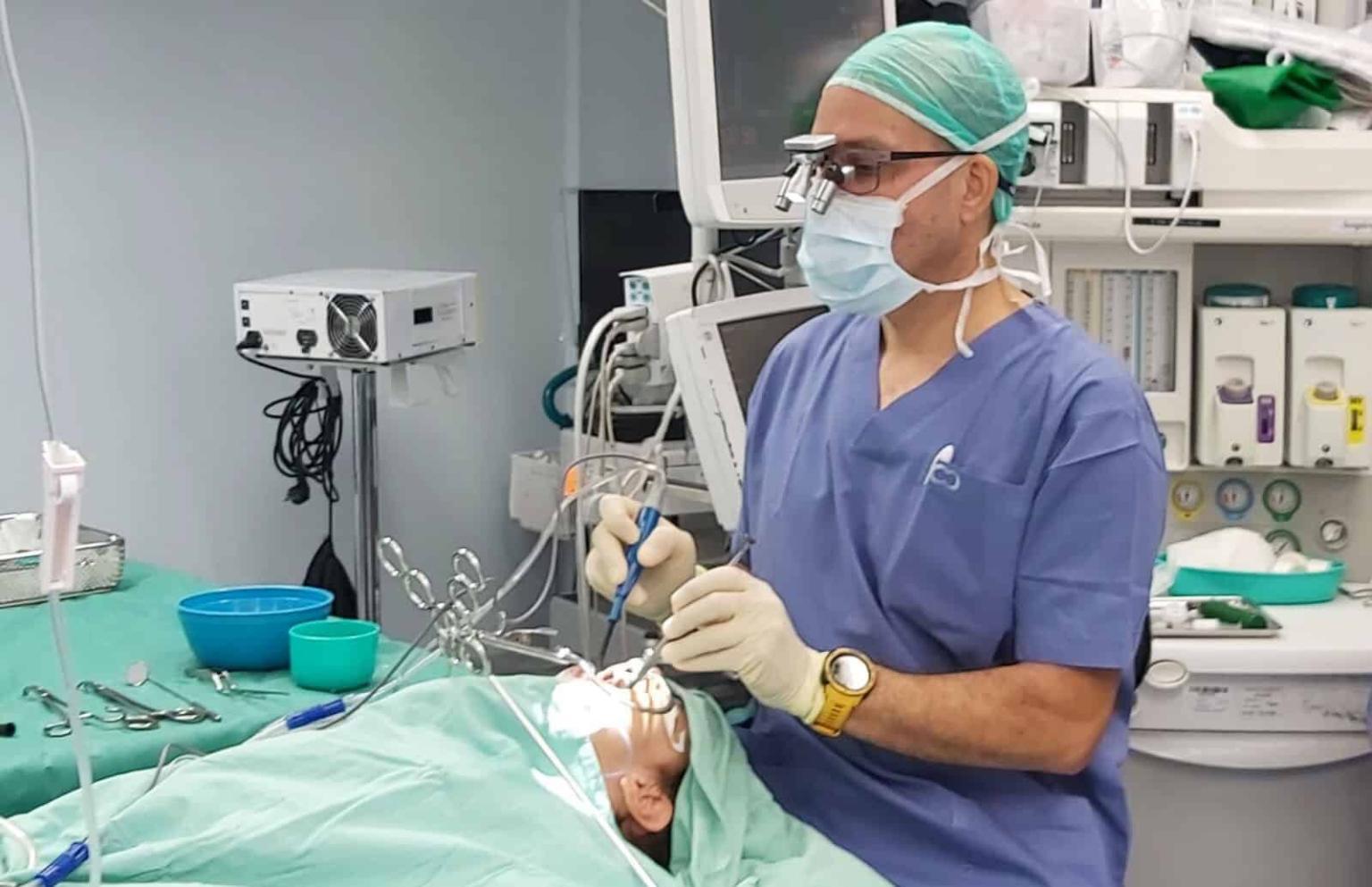
How ergonomic loupes, coupled with a lightweight wireless headlight, helped optimize surgeries for a surgeon and his patients.
For pediatric ENT surgeon Dr. Yaniv Ebner, performing intricate surgeries on children’s ears, noses and throats had become a pain in the neck. And the back.
Dr. Ebner is Director of Pediatric Otolaryngology and Palate Center at Meir Medical Center in Israel, and President of the Israeli Society of Pediatric Otolaryngology. With over a decade of expertise in his specialty, and his skills as both surgeon and instructor in high demand, Dr. Ebner was aware that the throbbing pain in his neck and back had begun to erode his overall productivity. He began searching for a way to mitigate this all pain, no gain scenario.
Dr. Ebner’s situation was far from uncommon. Per a 2019 study published by the National Institutes of Health (NIH), more than 80% of surgeons have suffered work-related injury or illness due to sustaining awkward or static positions during lengthy operations. The resulting pain or physical ailments can lead to decreased production and can even threaten career longevity.
Dr. Ebner’s typical working position, like that of other ENT surgeons, was often static and awkward. He sat with his head tilted downward for as many as four consecutive hours – punctuated by any additional straining and stretching required to perform certain condition-specific tasks. By the end of most complex surgeries, he felt the need for a significant break, sometimes even lying down to rest his back. Even then, after such elongated surgeries, he often could only take on simpler, shorter surgeries for the remainder of the day.
Occupational pain was impacting his health, and limiting his availability for patients in need of his expertise. Dr. Ebner knew something needed to change.
If he saw more, could he do more?
Throughout his career, Dr. Ebner used what he describes as standard headgear for surgeons in his niche: conventional Galilean loupes (2.5 magnification) paired with the hospital’s surgical headlight. The headlight, fixed on the surgeon’s headband, was functional yet clunky, with cumbersome wires constraining movement for both surgeon and assisting staff. Dr. Ebner had to adjust his body to maintain the balance and focus of the headgear, adding to the stress his perpetually tilted head was placing on his neck and back.
One day, Dr. Ebner came across an online ad for ergonomic loupes. He’d been in the market for a new set, mostly for an increase in magnification to perform certain ultra-delicate procedures. But this ad was less about magnification and more about a physician’s well-being – an intriguing prospect given his persistent occupational pain.
Ergo loupes, manufactured by Admetec, addressed both issues that Dr. Ebner was investigating – namely, vision magnification and pain alleviation through improved operatory posture. The loupes enable an ergonomic working position and are available in a wide range of magnifications. Leveraging deflection technology, Admetec Ergo loupes enable a real declination angle of up to 60 degrees. This allows an upright, neutral posture while performing surgical procedures – reducing stress on the head, neck, shoulders, and back, thereby minimizing pain and the risk of long-term damage due to cumulative trauma.
Dr. Ebner chose Admetec Ergo 7.5x, tripling his magnification. He explained: “I wanted to feel like I was operating with a microscope without using one. When I initially ordered the loupes, I intended to use them only for certain procedures – ones like infant palate surgeries, where I knew the greatly enhanced vision would increase my precision.”
“But when I experienced the difference,” he continues, “I began using them for every operation. Procedures that used to take 20 minutes now often take half that time, because I can see everything more exactingly. After using Ergo for some time, my back stopped hurting and I could do two complex surgeries a day rather than just one. I also could take on more simple surgeries.”
In addition, Dr. Ebner replaced his cumbersome surgical headlight with the Admetec Butterfly, a lightweight, wireless headlight that affixes to the Ergo loupes’ bridge. “In addition to helping me see everything,” he shares, “the light’s logistical ease reduces preparation time, as well as interruptions caused by my previous headlight.”
He continues: “I also began using it in my clinic, where I don’t need my loupes but do need light for examinations. The Butterfly clips onto my glasses and frees my hands to work.”
Dr. Ebner was able to dramatically increase his productivity, protecting himself and serving more patients by adopting ergonomic loupes and an accompanying lightweight headlight. His new ergonomic working position, coupled with increased magnification, improved his health, well-being, and pace of work – even while enhancing his overall skill set through more tightly controlled incisions and other critical tasks. Less pain for Dr. Ebner meant more availability to treat patients, and more magnification meant an easier path to accuracy and less time per surgery.
Best of all, the surgeon’s ergonomic position enabled him to place his patients in a correspondingly ergonomic position during surgery.
“ENT surgeons typically place patients in the Rose Position with their head tilted back towards the doctor,” he explains. “While this enables the surgeon to see the surgical area better, lying static in this awkward position can create pain and even long-term damage to the patient’s neck and back. Since my patients are babies and small children, the risk is high. Some of my patients have pre-existing conditions that make the Rose Position extremely problematic – even to the point of paralysis risk. Using the Ergo loupes eliminates this problem entirely. I can place the patient flat on the surgical table, in a neutral position. This makes surgery much safer for them.”








